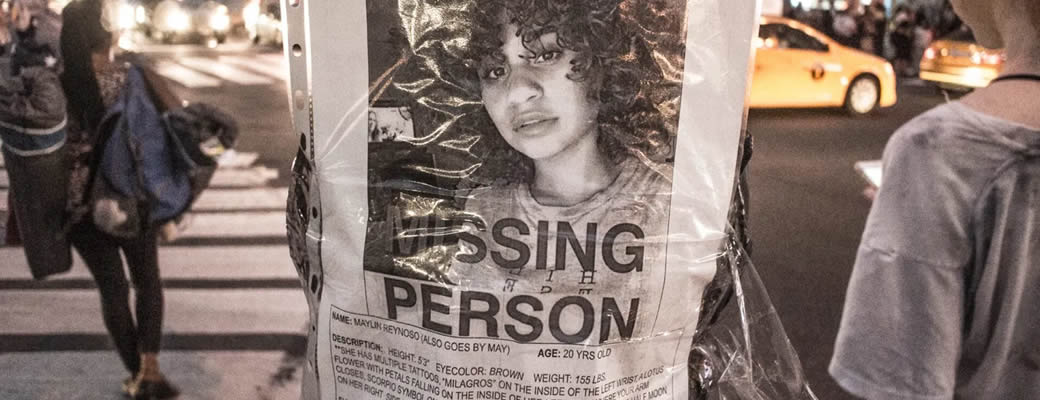New Media Guide Will Provide Recommendations For Media Coverage Of Missing Persons
Black Enterprise
Kandiss Edwards
September 16, 2025
The Black and Missing Foundation, Inc. (BAMFI) and the Washington Association of Black Journalists (WABJ) have released The Media Guide for Reporting on Missing Persons Cases.
The guide aims to fix a long-standing blind spot in how missing persons cases are reported. It offers specific recommendations to ensure that more wide-reaching and consistent coverage for marginalized women is presented to the media.
It emerged from a year-long collaboration of journalists and other media persons across the country. Task-force members discovered that many news outlets lack formal policies for covering missing persons. Consequently, the lack of guidance contributes to gaps in coverage.
The guide also proposes changes in newsrooms’ practices. These include avoiding unhelpful stereotypes and choosing photos carefully. These practices are suggested to help ensure that reports about missing people are treated equitably. It encourages outlets to adopt formal guidelines, create accountability measures, and engage with affected communities to improve trust and visibility.
“After polling many newsrooms across the country, we discovered that none had formal policies or procedures for reporting on missing persons cases,” Natalie Wilson, co-founder of BAMFI, said in a press release. “That’s why this guide is so critical—to ensure that media coverage of missing persons is fair and consistent and ensures that missing persons cases receive the attention they deserve.”
While there are tools to help find missing persons, they are not always enough. PBS reported on the families of missing people and the steps they’ve taken to find their loved ones.
Paula Hill began searching for her 16-year-old daughter, Shamika Cosey, over 15 years ago. With little to no leads or public awareness, she looked to the Department of Justice’s National Missing and Unidentified Persons System.
Hill said she had to personally add her daughter’s information into the database. Though the federal government keeps track of statistics for missing persons, it appears the agency does not keep track of the individuals. The information is fragmented.
As of 2024, there are more than 1,300 active missing persons cases in Hill’s home state of Missouri, including more than 700 juveniles. More than half are Black.
The new guide by the WABJ and BAMFI hopes to make a difference in future cases.
Photo credit: Black Enterprise

